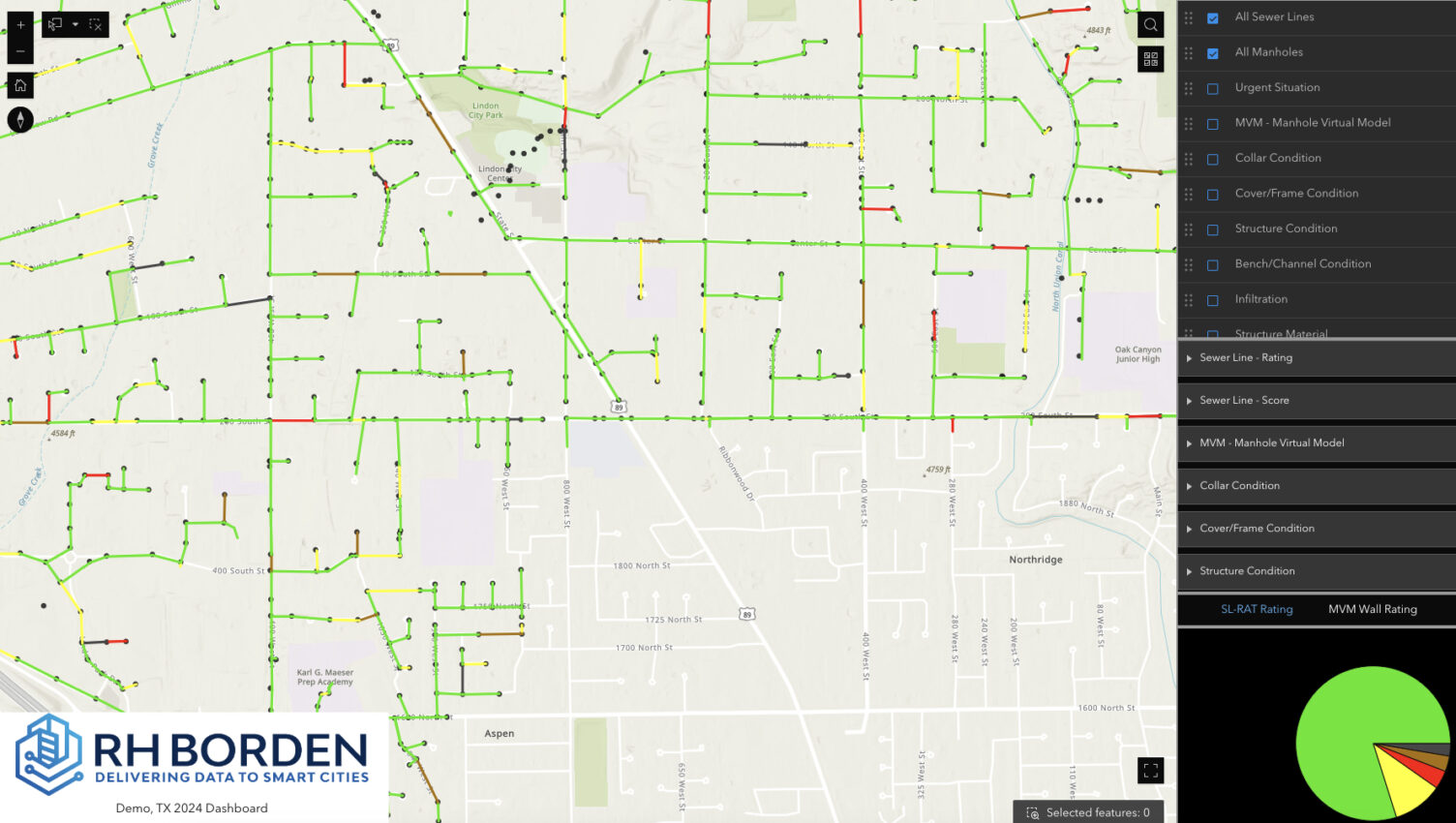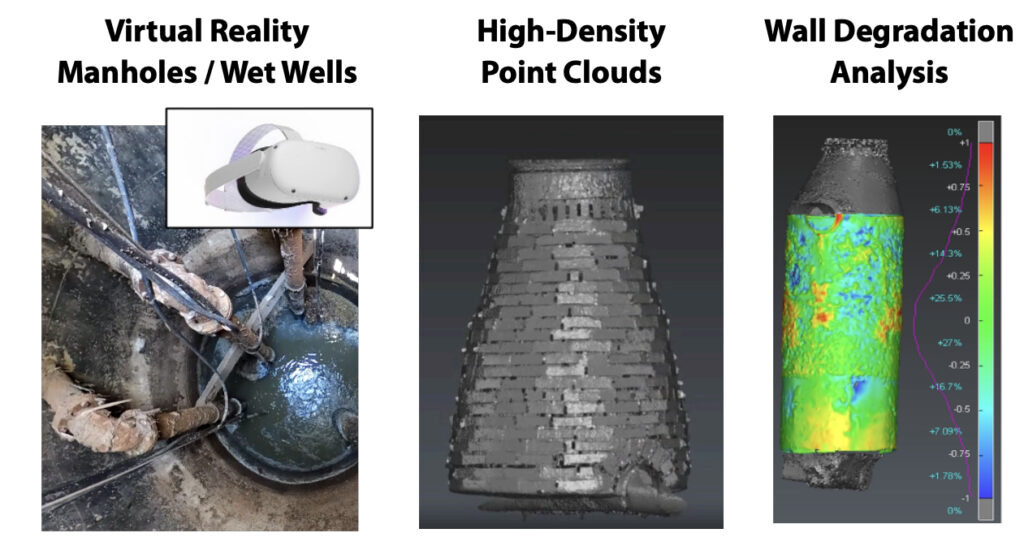Optimizing Collection Systems: Advanced Solutions for I&I Challenges in Rural Communities
In today’s episode of Engineers for Communities, we delve into a pressing issue facing many rural municipalities: inflow and infiltration (I&I). I’m joined by Kwin Peterson from R.H. Borden, who introduces remarkably simple, yet effective technology designed to tackle I&I challenges efficiently in wastewater collection systems. This device, easily installed in manholes, offers a promising solution to accurately locate and address I&I issues within a matter of feet.
Challenges in Rural Water Management
During our conversation at a bustling conference filled with rural water professionals, Kwin highlights a significant hurdle these communities face. “A big challenge here,” Borden notes, “is the sheer lack of staffing. It’s rare to find a fully staffed entity, and this shortfall is driving the urgent need for innovative solutions.”
Technological Solutions to Resource Shortages
The importance of technology in tackling common issues, saying, “We’re really looking at how technology can help us manage not just personnel and budget shortfalls, but also the broader challenges of aging infrastructure.” He notes that, despite available funding, a significant hurdle is often the shortage of staff needed to carry out essential repairs and improvements.
Prioritizing Infrastructure Issues
The essential role of technology in addressing the widespread challenges of manpower shortages, budget constraints, and aging infrastructure. He explains, “We’re focused on leveraging technology to tackle these shortages. Even when we have the funds, we often lack enough staff to carry out crucial repairs and upgrades, which is a significant bottleneck in our efforts.”
Engineering Perspectives on Proactive Solutions
The conversation shifts to how engineers can offer proactive solutions to prevent recurring issues. Kwin humorously remarks on the universal dislike among engineers for emergency weekend calls, highlighting the importance of presenting solutions that prevent such scenarios. “If you’re an engineer and can present a solution that heads off an issue, it changes their world,” says Borden.

Empowering Municipalities with Data
Kwin stresses the importance of breaking down complex data into manageable actions. He shares an inspiring story of a city that thought they were stuck in reactive modes until provided with data that showed they could proactively manage their issues. “We gave them small, manageable numbers, and it was a revelation for them,” he explains.
The Future of Rural Water Management
As the discussion concludes, Borden remains optimistic about the role of innovative technologies in transforming rural water management. He believes that tools like the I&I-detecting device not only offer practical solutions but also bring hope to municipalities overwhelmed by the scale of their water infrastructure challenges.
Closing Thoughts
In our conversation today, Kwin Peterson illuminated the pressing issues related to inflow and infiltration affecting rural water systems and discussed innovative strategies to manage these challenges. As these problems intensify, the fusion of technology and data becomes increasingly crucial, ensuring water management practices are both effective and sustainable. This discussion emphasizes the dynamic field of water management and the continuous push to provide municipalities with the necessary tools for success.

